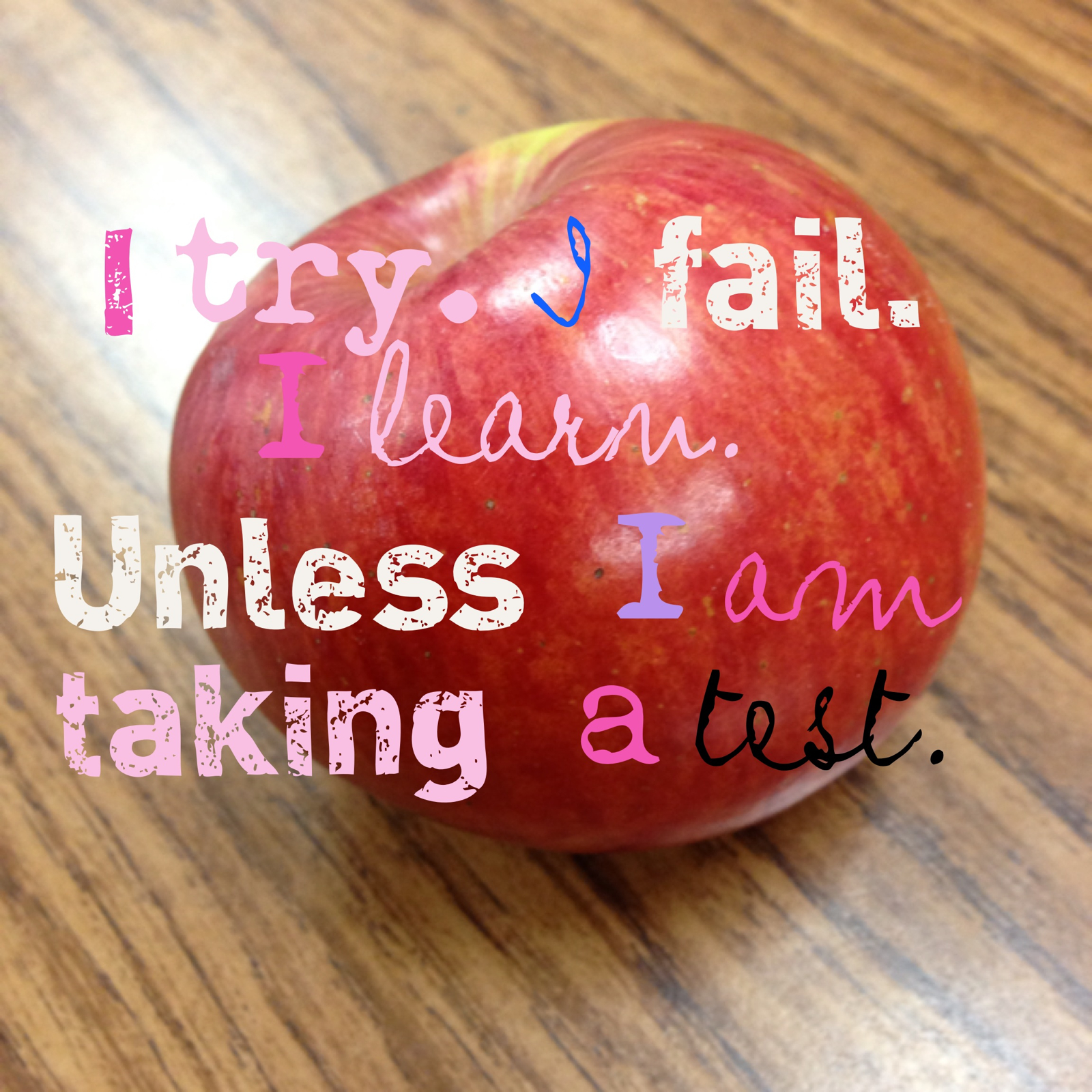New Culture of Learning Today
Project Based Learning, Innovation Projects, 20% Time, Genius Hour are all based around an idea, provide a student an opportunity to express themselves in a pursuit that is passionate and relevant to them. Giving students that ability to develop their own whys and hows will help them create a deeper understanding of the prescribed learning objectives. A state or national standard might tell us what we are to teach, but it does not say how we are supposed to teach. Provide a source of choice, an opening for passion, or realistic learning, and a student will show statistically significant improvement (Krajcik, J. S., & Blumenfeld, P. C., 2006). These types are learning environments bring the three ideas from A New Culture of Learning into the process and functions of each (Thomas, D., & Brown, J. S., 2011). Students are given the ability to bring their passion and imagination into a constraint that is given by the teacher or even better the students themselves. With giving students the ability to work on their own passions and imagination, they are able to discover learning on a deeper level.
Thomas and Brown define play as the “tension between rules of the game and the freedom to act within those rules” (2011, p. 61). By students develop their own drive and passion toward a learning objective they are able to use imagination in the “freedom to act” even while being restrained by the “rules of the game” (Thomas, D., & Brown, J. S., 2011). By limiting the scope of the passion or pursuit, a teacher and student can create a learning environment that develops to the benefit of a deeper understanding and application of the task created. The role of the teacher will need to be shifted for allowing the imagination of students to flourish in this new culture. Where teachers are now the directors of the game, but not the resource to succeed. Acting as guides along the path to accomplishment, providing constraints to challenge and develop the students and increase the overlying effect of the developing environment. The teacher now focuses on creating a fertile “playing field” where students can develop into self-driven learners and discovers, pursuing the success in the game.
A New Culture of Learning focuses on two components, the vast access to resources to learn and the structured environment where the learning takes place (Thomas, D., & Brown, J. S., 2011, p. 78). This new culture is ripe to take place as access to broadband internet ,>25Mbps at 85.3%, is quickly increasing (Analyze Summarize Nationwide, 2014). This new culture has not taken place, though. As the structure that the learning could take place is still focusing on the here and now. Standardized testing is still the constraint that is put on educators. As such the environment is standardized as well. Students are not able to be their own players in their own game but moved chess pieces in a normalized and calculated chess program. Passions and imaginations are determined to distract from the analyzed and uniform moves that are planned. These pursuits are seen as extra and unnecessary for a student to succeed. For this new culture to occur, these “extras” should be seen as road maps to discovery. Ways for students to express themselves fully in their understanding of standards. With this discovery, students will then gain passion and will be successful in more than just the standardized tests.
No longer should remediation be the focus for “at-risk” students. Focus should be on development. Developing passion, developing imagination, developing a connection, developing communication, developing oneself. This will shift to dynamic instead of a responsive culture of learning.
References
Analyze Summarize Nationwide - National Broadband Map. (2014, June 30). Retrieved November 15, 2016, fromhttp://www.broadbandmap.gov/summarize/nationwide
Krajcik, J. S., & Blumenfeld, P. C. (2006). Project-based learning (pp. 317-34).
Thomas, D., & Brown, J. S. (2011). A new culture of learning: Cultivating the imagination for a world of constant change. Lexington, KY: CreateSpace?

